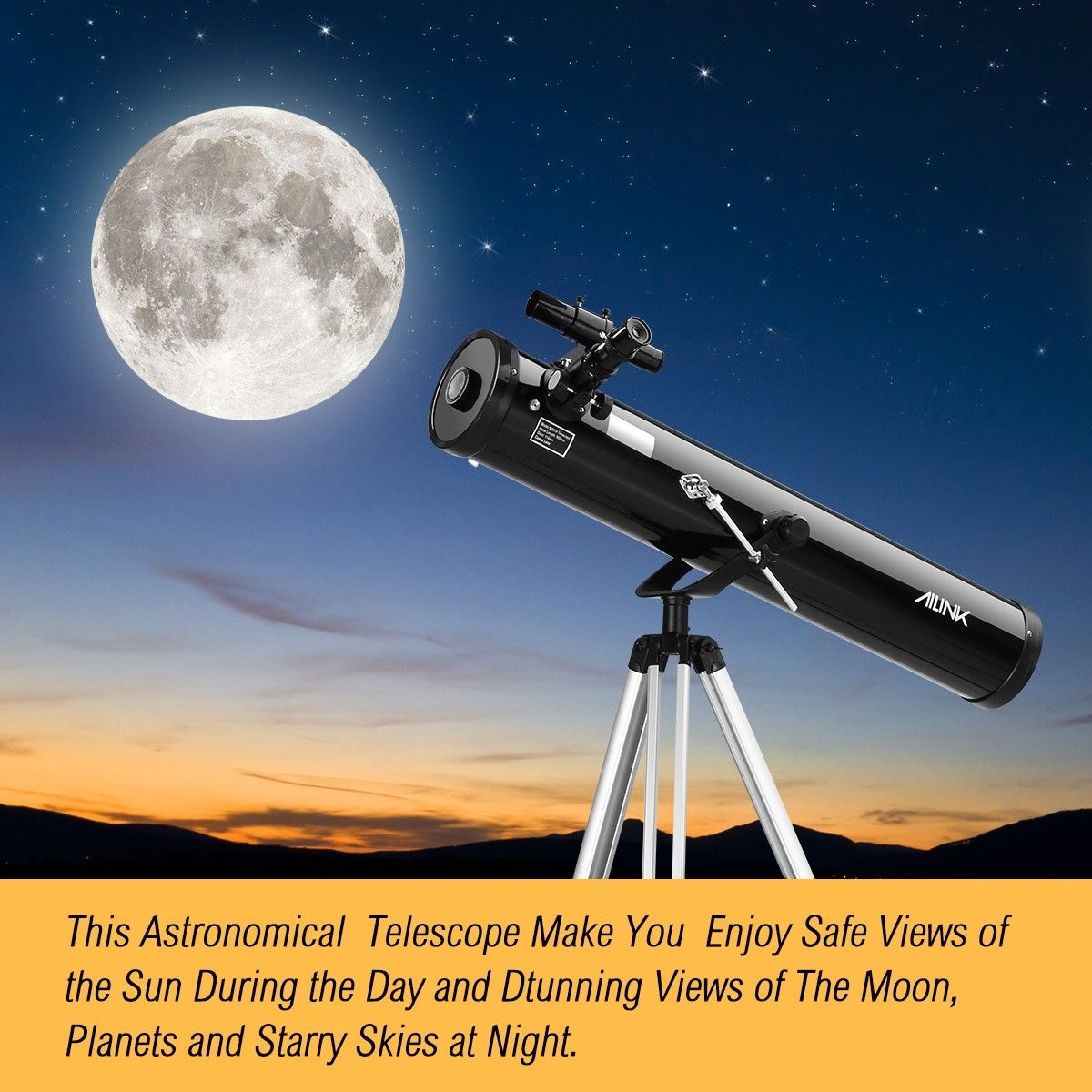
This telescope is the nerve center of a synchronized network of radio antennas as large as the Earth - the Event Horizon Telescope. On a towering volcano in Mexico, a crew of astronomers are using the Large Millimeter Telescope to try to take the first picture of a black hole. Transcript Peering Into a Black Hole This is the story of the Event Horizon Telescope, a synchronized network of radio antennas as large as the Earth, that astronomers used to take the first ever picture of a black hole, an abyss so deep no light can escape. “How does a black hole know how big a galaxy it’s in and when to stop growing?” mused David Hughes, the director of the Large Millimeter Telescope, “or, conversely, how does the galaxy know to stop feeding it?” How that happens is a cosmic nature-versus-nurture question, and anyone’s guess. The bigger the galaxy, for some reason, the more massive the void inside it. Nearly every galaxy seems to harbor one of these dark monsters, millions or even billions of times as massive as the sun, squatting at its center like Dante’s devil. But they are still arguing about just what happens inside a black hole and the ultimate fate of whatever falls in. Generations of theorists, including Stephen Hawking, using the telescope of the mind, have made careers investigating the properties of these objects only barely in the universe. Many of them are supposed to be the remnants of massive stars that have burned out, collapsed and imploded in cataclysms like supernovas or the even more violent gamma-ray bursts visible across the universe. Stars, atoms, wisps of gas that trace their pedigree to the Big Bang - all of them check in, never to check out. A century later, however, astronomers agree that space is indeed sprinkled with massive objects that emit no light at all. No force known to science could stop it from becoming a sinkhole from which not even light could escape.Įinstein could not fault the math, but he figured that in real life, nature would find some way to avoid such a calamity. “I guess spider silk is stronger than steel,” he said, “but even spider silk can snap.”Įinstein was taken aback a few months later when Karl Schwarzschild, a German astronomer then serving on the Russian front, pointed out that the equations contained an apocalyptic prediction: Cramming too much matter and energy inside too small a space would cause space-time to sag without limit. Success hinges on the exigencies of weather on several continents, high-strung technology, altitude, even traffic - two of his colleagues had just been delayed in a car accident on the way from Mexico City.

“We have to worry about everything, from soup to nuts,” he said, ticking off all the things that make this radio network, stretched like a spider web across the planet, a fragile object. He was sweaty, and his hair stood on end in an Einsteinian Mohawk after a long night trying to troubleshoot his telescope. He was dressed in long johns and layers of sweaters and fleece, and sipped coca-leaf tea to combat the effects of altitude. Doeleman, who has spent eight years putting this effort together, said one afternoon in an office in Serdan, a small town at the volcano’s base. Conversely, they could produce evidence that Einstein’s theory of gravity, general relativity, the rule of rules for the universe, needs fixing for the first time since it was introduced a hundred years ago.


 0 kommentar(er)
0 kommentar(er)
